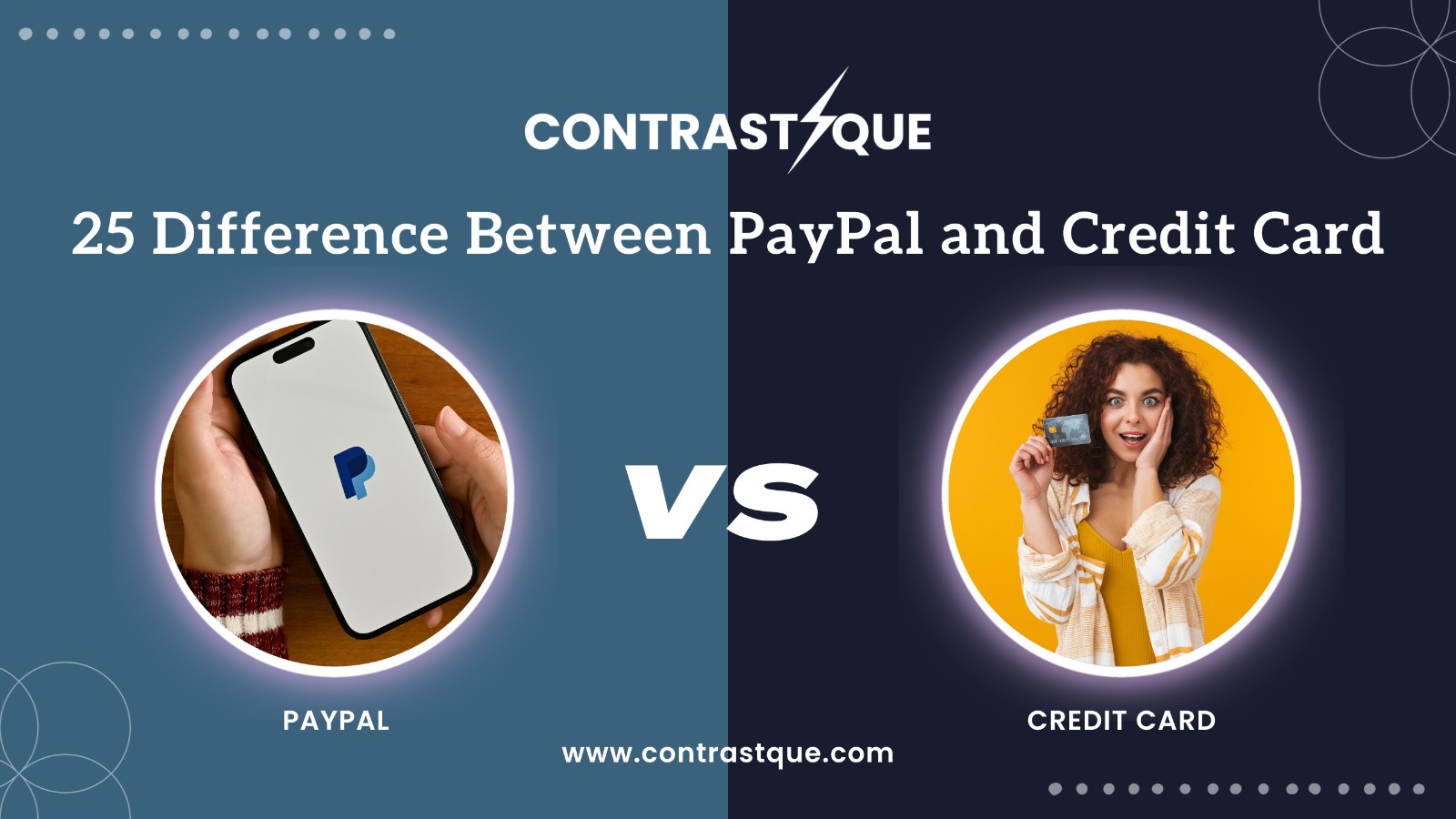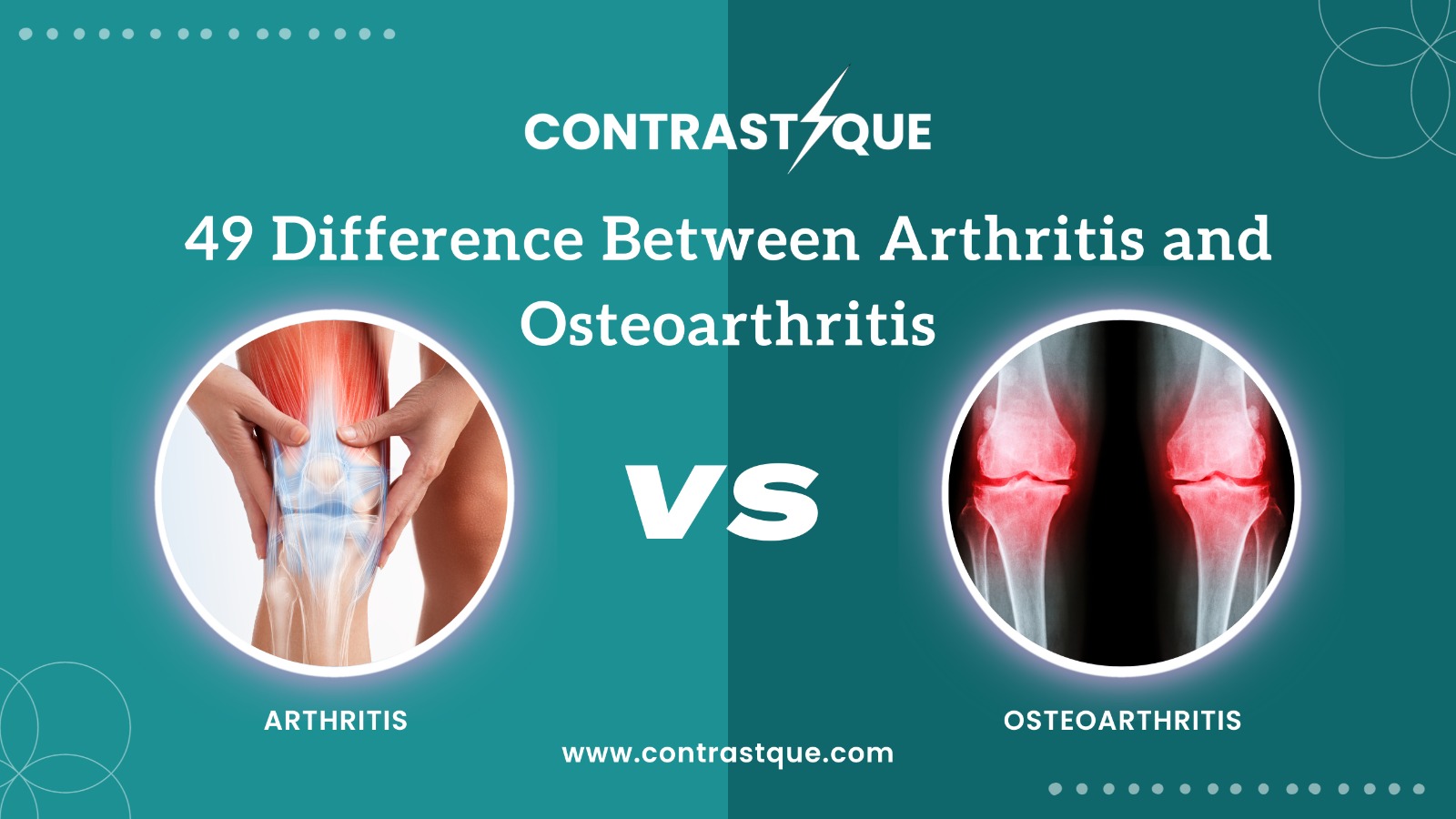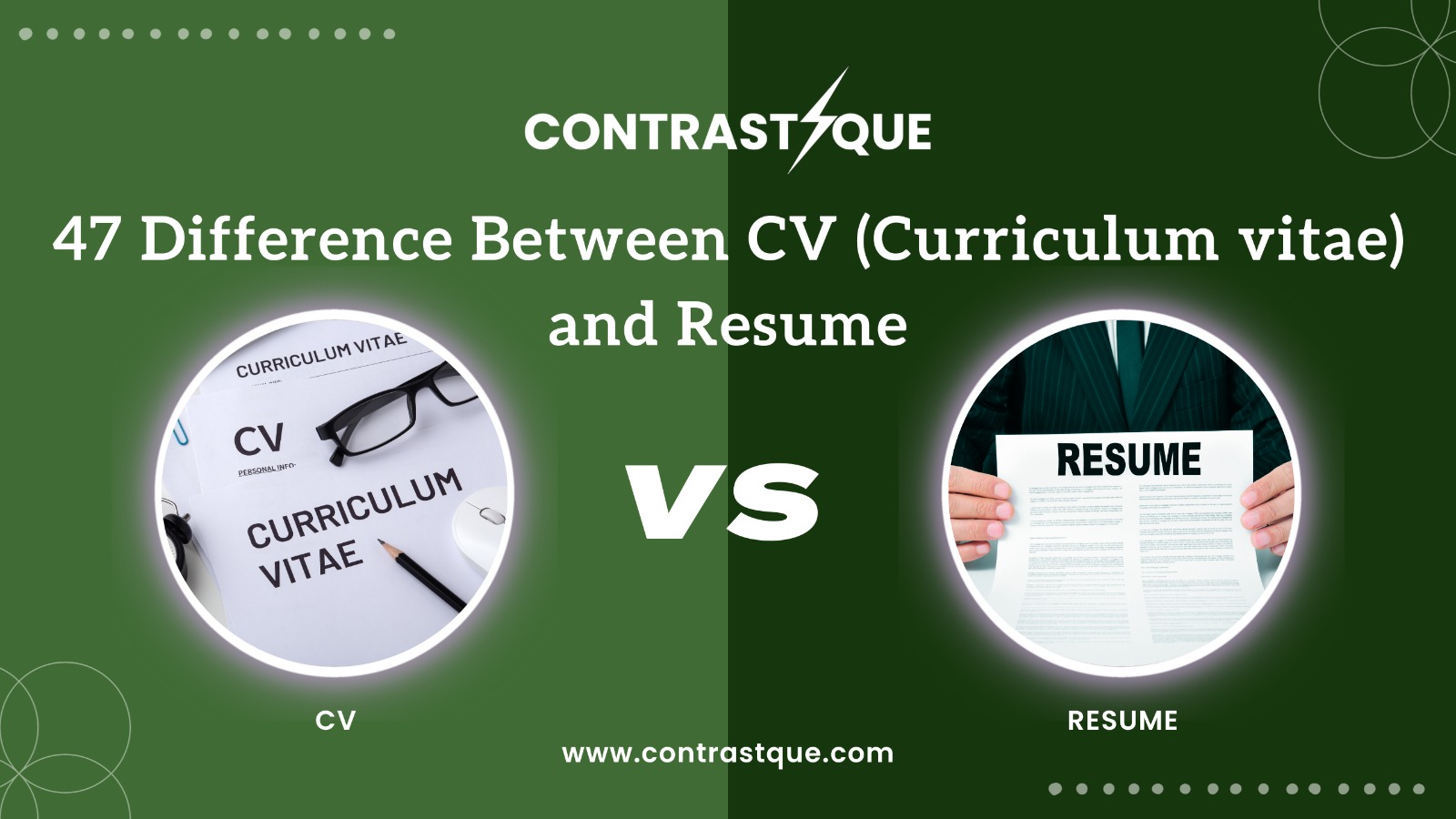Introduction to PayPal and Credit Cards
Welcome to our blog post where we dive deep into the fascinating world of online transactions! Today, we’ll be exploring the key differences between PayPal and credit cards. In this era of digital advancements, these two payment methods have revolutionized the way we make purchases and conduct business online. Whether you’re a seasoned online shopper or just starting your e-commerce journey, understanding the distinctions between PayPal and credit cards is essential.
So, buckle up as we take you on an enlightening ride through the similarities and differences in transaction processing, fees associated with each method, security measures implemented by both platforms, accessibility options for users, rewards and benefits offered by each service provider, as well as ease of use and convenience. By the end of this article, you’ll have a clear understanding of which payment method suits your needs best.
Are you ready to unravel the mysteries behind PayPal and credit cards? Let’s get started!
Here are 25 Difference Between PayPal and Credit Card
|
S.No. |
Aspect |
PayPal |
Credit Card |
|
1 |
Payment Method |
Digital Wallet |
Plastic Card |
|
2 |
Account Type |
Online Account |
Credit Line Account |
|
3 |
Acceptance |
Online and Some In-Store |
Widely Accepted In-Store and Online |
|
4 |
Transaction Fees |
Varies (Some Free, Some Fees) |
Interest on Unpaid Balances, Annual Fees |
|
5 |
Purchase Protection |
Limited |
Strong Consumer Protections |
|
6 |
Privacy |
Requires Sharing Email/Username |
Requires Sharing Personal Info |
|
7 |
Instant Payment |
Yes |
No (Payment Bill at End of Month) |
|
8 |
Currency Conversion |
Offers Competitive Rates |
May Include Foreign Transaction Fees |
|
9 |
Credit Check |
Not Required |
Usually Requires Credit Check |
|
10 |
Credit Score Impact |
No Impact |
Can Affect Credit Score |
|
11 |
Billing Cycle |
None (Immediate Deduction) |
Monthly |
|
12 |
Interest Rates |
No Interest (for Immediate Payment) |
Variable Interest Rates |
|
13 |
Funding Source |
Bank Account or Debit/Credit Card |
Credit Line |
|
14 |
Overdraft/Debt |
Limited (Can Go Negative) |
Potential to Accrue Debt |
|
15 |
Security |
Two-Factor Authentication |
EMV Chip and PIN |
|
16 |
Chargebacks |
Available |
Available |
|
17 |
Transaction Records |
Detailed Transaction History |
Monthly Statements |
|
18 |
Payment Flexibility |
Immediate or Scheduled Payments |
Monthly Minimum Payments |
|
19 |
Rewards Program |
Limited (Some Cashback) |
Often Offers Rewards Programs |
|
20 |
Mobile Payments |
Offers Mobile Wallet (PayPal app) |
Mobile Payments via NFC |
|
21 |
Online Shopping |
Preferred for Online Purchases |
Widely Used for Online Shopping |
|
22 |
Subscription Services |
Supports Automatic Payments |
Requires Updating Card Info |
|
23 |
International Use |
Widely Accepted Globally |
May Require International Card |
|
24 |
Withdrawal Options |
Bank Transfer or Check |
Cash Advances, Balance Transfer |
|
25 |
Account Creation |
Free and Easy Sign-Up Process |
Requires Application and Approval |
Differences in Transaction Processing
When it comes to transaction processing, PayPal and credit cards have some notable differences. Let’s delve into them:
- Payment Method: With a credit card, you provide your card details directly to the merchant for payment authorization. On the other hand, PayPal acts as an intermediary between you and the merchant by securely transferring funds from your account to theirs.
- Account Dependency: Credit card transactions depend on having an active line of credit with the issuing bank. In contrast, PayPal transactions require a linked bank account or credit/debit card connected to your PayPal account.
- Instant Transfer: When using a credit card, payments are usually processed instantly if approved by the issuer. With PayPal, instant transfers may be possible if sufficient funds are available in your account balance; otherwise, it may take time for funds to clear from your bank.
- Privacy: When making purchases with a credit card, you directly share sensitive information like card numbers and CVV codes with merchants. However, when using PayPal for transactions, only your email address is shared with sellers – adding an extra layer of privacy protection.
- Chargebacks: Both payment methods offer chargeback options but follow different procedures. Credit cards allow customers to dispute charges through their issuing banks while PayPal has its own resolution process within its platform.
- International Transactions: Credit cards can be used globally at any merchant that accepts them whereas PayPal allows users to make international payments without sharing personal financial information across borders.
These differences in transaction processing highlight how both payment methods function uniquely based on various factors such as privacy levels and dependency on external accounts or lines of credit
Types of Fees Associated with PayPal and Credit Cards
When it comes to fees, both PayPal and credit cards have their own set of charges. Understanding these fees is crucial for making informed decisions about your payment methods.
Let’s start with PayPal. One common fee associated with using this platform is the transaction fee. This fee is typically a percentage of the total amount being transferred, plus a fixed amount per transaction. It’s important to note that this fee applies to certain types of transactions, such as receiving payments for goods or services.
Additionally, if you are conducting international transactions through PayPal, there may be additional fees for currency conversion and cross-border transfers. These fees can vary depending on the country involved and the currency being converted.
On the other hand, credit cards often come with an annual fee. This fee is charged by the card issuer for maintaining your account and providing various benefits like rewards programs or travel insurance. The amount of this annual fee can vary greatly depending on the type of card you have and its features.
Another potential cost associated with credit cards is interest charges. If you carry a balance from month to month instead of paying it off in full, interest will accrue based on your card’s annual percentage rate (APR). It’s essential to understand your credit card’s APR and how it affects your overall costs.
In addition to these standard fees, both PayPal and credit cards may charge other miscellaneous fees such as late payment penalties or overdraft fees if applicable.
It’s important to carefully review all potential fees before deciding which payment method best suits your needs. By understanding these costs upfront, you can make better financial choices that align with your budgetary goals.
Security Measures: Buyer Protection and Fraud Prevention
When it comes to online transactions, security is of utmost importance. Both PayPal and credit cards have measures in place to protect buyers from fraud and unauthorized transactions.
PayPal offers a robust buyer protection program that helps safeguard your purchases. If you receive an item that is significantly different than described or never receive the item at all, PayPal will reimburse you for the full purchase price plus original shipping costs. This provides peace of mind when shopping online, knowing that your money is protected.
Credit cards also offer buyer protection by allowing you to dispute charges for items not received or for products that are defective or misrepresented. With most credit card companies, if you report a fraudulent transaction promptly, they will investigate the matter and reverse the charge if necessary.
To further enhance security, both PayPal and credit card issuers employ advanced fraud prevention systems. They use algorithms and machine learning to detect suspicious activity and flag potentially fraudulent transactions. This helps protect both buyers and sellers from unauthorized access to their accounts.
In addition to these security measures, it’s important for consumers to take steps on their end as well. This includes regularly monitoring account activity, using strong passwords, keeping personal information confidential, and being cautious when providing payment details online.
Both PayPal and credit cards prioritize buyer protection and fraud prevention through their comprehensive security measures. By utilizing these features effectively while also practicing good online safety habits yourself, you can minimize the risk of falling victim to scams or unauthorized transactions in today’s digital world.
Accessibility: Where can you use PayPal and Credit Cards?
One of the key differences between PayPal and credit cards is their accessibility. While both payment methods are widely accepted, there are some variations in where they can be used.
Credit cards have been around for decades and are accepted almost everywhere. From local grocery stores to online retailers, credit cards are a convenient way to make purchases both in-store and online. They can also be used internationally, making them a popular choice for travelers.
On the other hand, PayPal offers its own unique form of accessibility. As an online payment platform, PayPal allows users to make transactions on various e-commerce websites that accept this method of payment. Additionally, many mobile apps now offer the option to pay with PayPal at participating merchants.
When it comes to international transactions, PayPal often has an edge over credit cards due to its ability to process payments in multiple currencies without additional fees or conversion rates. This makes it a preferred option for those who frequently engage in cross-border commerce.
In terms of physical accessibility, credit cards still hold an advantage as they can be swiped or inserted into card readers at brick-and-mortar establishments. However, with the rise of contactless payments and digital wallets such as Apple Pay and Google Pay, even PayPal users can enjoy similar convenience by linking their accounts to these platforms.
While credit cards have wider acceptance across various industries globally, PayPal provides its users with more flexibility when it comes to online shopping and international transactions. Both options cater to different needs based on individual preferences and circumstances.
Rewards and Benefits Offered by PayPal and Credit Cards
Rewards and benefits play an important role when it comes to choosing between PayPal and credit cards. Both payment methods offer their own set of perks that can enhance your overall shopping experience.
When it comes to PayPal, one of the key benefits is its Cashback Mastercard. This credit card allows you to earn cash back on all your purchases, whether online or in-store. With no annual fee and a competitive cash back rate, this card can be a great option for those who frequently use PayPal for their transactions.
Credit cards, on the other hand, often come with various rewards programs tailored to meet different needs. From travel rewards to points-based systems, credit card users have a wide range of options available to them. These rewards can include airline miles, hotel stays, gift cards, or even statement credits.
Another benefit worth mentioning is the buyer protection offered by both PayPal and certain credit cards. In case of any issues with your purchase – such as receiving damaged goods or not receiving them at all – you may be eligible for refunds or chargebacks through these platforms.
Additionally, some credit cards provide additional perks like extended warranties on purchases made with the card or access to exclusive events and promotions.
The choice between PayPal and credit cards will depend on individual preferences and specific needs. Whether you prioritize convenience through PayPal’s Cashback Mastercard or prefer the versatility of rewards programs offered by various credit cards is entirely up to you!
Ease of Use and Convenience
When it comes to ease of use and convenience, both PayPal and credit cards have their own advantages. Let’s take a closer look at how they differ in terms of user experience.
PayPal is known for its simplicity and user-friendly interface. Setting up an account is a breeze, requiring just a few minutes of your time. Once you’re all set up, making payments with PayPal is as easy as clicking a button. You can link your bank account or credit card to your PayPal account, allowing for seamless transactions without the need to enter your payment details every time.
On the other hand, credit cards offer convenience in their widespread acceptance. Most merchants around the world accept credit card payments, making it incredibly convenient when traveling or shopping online. With just a swipe or tap, you can make purchases instantly without any hassle.
However, one drawback with using credit cards is that you may need to carry multiple cards depending on which ones are accepted by different merchants. This can be cumbersome and increases the risk of losing or misplacing them.
With PayPal’s digital wallet feature, you only need to remember one login credential – your email address and password – making it more convenient than carrying multiple physical cards.
Additionally, many online retailers offer express checkout options specifically for PayPal users. This means that if you have a PayPal account linked to your favorite online stores, checking out becomes even faster and smoother than entering all your credit card information manually each time.
Frequently Asked Questions (FAQs)
Q1: Can I use PayPal without a credit card?
Yes, you can use PayPal without linking it to a credit card. You can simply link your bank account or debit card to your PayPal account and make transactions directly from there.
Q2: Are there any fees associated with using PayPal?
While creating a PayPal account is free, there are certain fees that may apply when making transactions. These fees include currency conversion fees, withdrawal fees, and transaction fees for receiving payments.
Q3: Is it safe to link my credit card to my PayPal account?
Linking your credit card to your PayPal account is generally considered safe due to the security measures implemented by both companies. However, it’s always important to keep an eye on your transactions and report any suspicious activity immediately.
Q4: What are the benefits of using a credit card instead of PayPal?
Using a credit card offers various benefits such as cashback rewards, travel points, and purchase protection programs offered by the issuing company. Credit cards also allow you to build up your credit history.
Q5: Which option should I choose: PayPal or Credit Card?
The choice between using PayPal or a credit card depends on personal preferences and specific needs for each transaction. Both options have their advantages and disadvantages in terms of convenience, security features, accepted locations, and rewards offered.




